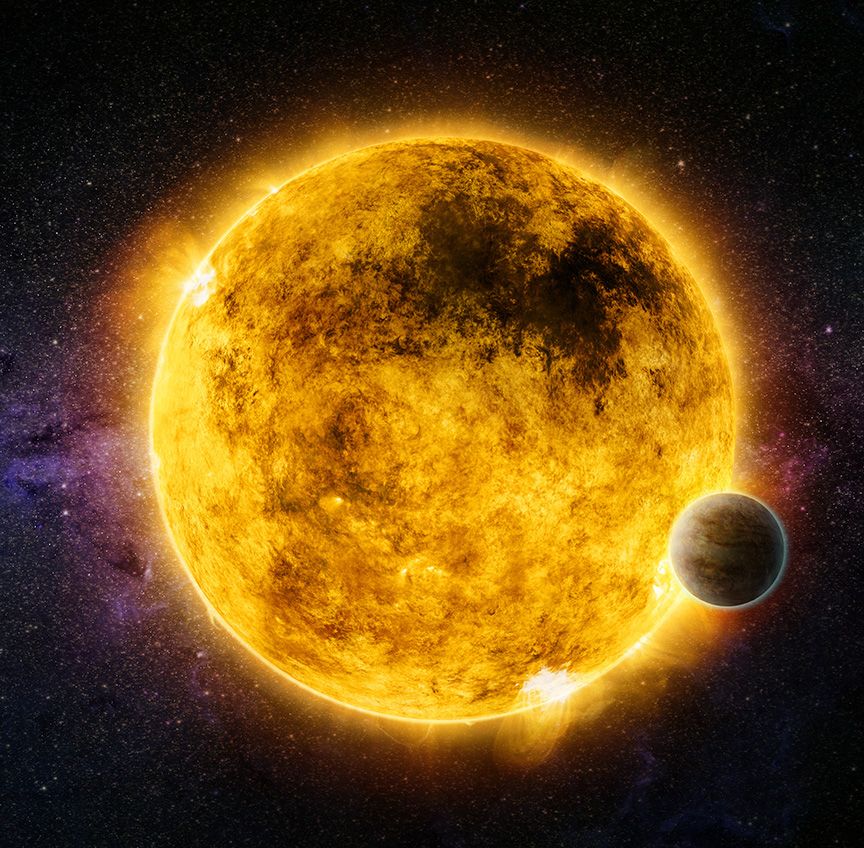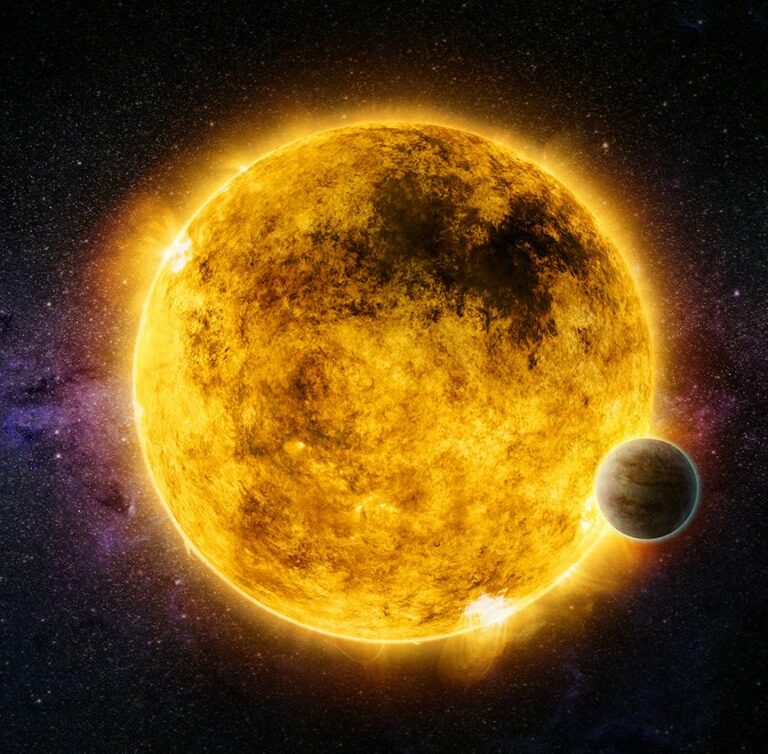NASA’s Chandra X-ray Observatory is on a mission to uncover the possibility of habitable exoplanets in the vicinity of nearby stars.
What they are trying to do is to observe stars’ radiation in an attempt at identifying the feasibility of existence of exoplanets.
The search for life beyond Earth goes on as if on a noble quest. Chandra X-ray Observatory of NASA and XMM-Newton of European Space Agency are also generating some fresh knowledge for the search and are planning to cultivate groundwork for other endeavors.

The researchers are employing Chandra to analyse the radioactive waves produced by those stars in order to determine if an exoplanet which orbits those stars is capable of sustaining life. High-doses of X-ray and ultraviolet could, in principle, destroy an exoplanet’s atmosphere, lowering its prospects of hosting life (as we understand it).
‘If we don’t know what kind of X-rays are emitted by the star it hosts, then we wouldn’t be getting complete information as to whether a planet is habitable or not,’ one of the astronomers who worked on the discovery, Breanna Binder of California State Polytechnic University, explained it. ‘We have to consider what kind of beams of X-rays these planets are exposed to . ’
The team has analyzed 57 neighbouring stars, including the total flux and energies of the X-ray emission, and the flare rate. Sarah Peacock, a research scientist at the University of Maryland, Baltimore County said, “We have stars where the X-ray radiation environment of the habitable zone is as benign or even less than the environment in which Earth originated. ” These conditions may be necessary in creating atmosphere like earth.
Although, only a few of the 57 of these stars have been confirmed to host habitable exoplanets, there are a lot of habitable exoplanets out there that are yet to be discovered. For reference, more than 5600 exoplanets have been discovered and close to 10000 more are awaiting confirmation. Scientists assume that there are billions of exoplanets in the Milky Way galaxy.
Edward Schwieterman, an astrobiologist at the University of California, Riverside, said, “We are still not sure how many Earth like planet will be detected in the next generation of telescopes, but we do know that getting observation time on them will be hard and precious. “The X-ray data is helping us to constrain and rank target lists that could help in speeding up the process to get the first image of an Earth like planet
Do not forget to share your opinion with us to provide you with the best posts !




0 Comments